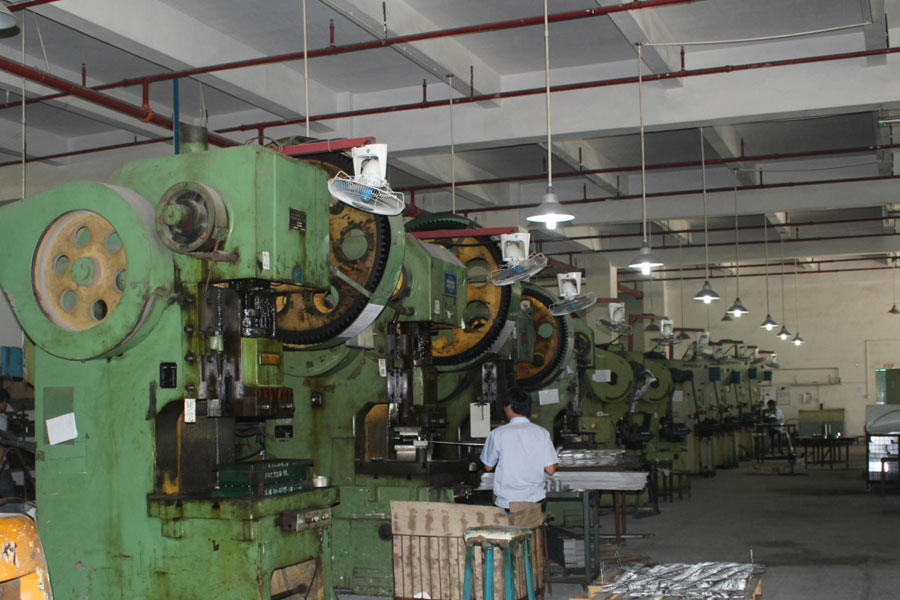The sheet metal processing production process refers to the entire process of making products from raw materials (or semi-finished products). For machine production, it includes the transportation and storage of raw materials, production preparation, blank manufacturing, parts processing and heat treatment, product assembly, and debugging, painting and packaging. The content of the production process is very extensive. Modern enterprises use the principles and methods of system engineering to organize and guide production, and regard the production process as a production system with inputs and outputs. It can make the management of the enterprise scientific, and make the enterprise more adaptable and competitive.
In order to process qualified parts, the thickness of the layer of metal cut from the blank is called the machining allowance. Machining allowance can be divided into process allowance and total allowance. The thickness of the metal layer that needs to be removed in a certain process is called the machining allowance of the process. The total margin that needs to be removed from the blank to the finished product is called the total margin, which is equal to the sum of the margins of each process on the corresponding surface.
The purpose of leaving a machining allowance on the workpiece is to remove the machining errors and surface defects left by the previous process, such as the chilled layer, pores, sand layer on the surface of the casting, and the oxide scale, decarburized layer, and surface cracks on the surface of the forging. , The internal stress layer and surface roughness after cutting.

Leave a Reply